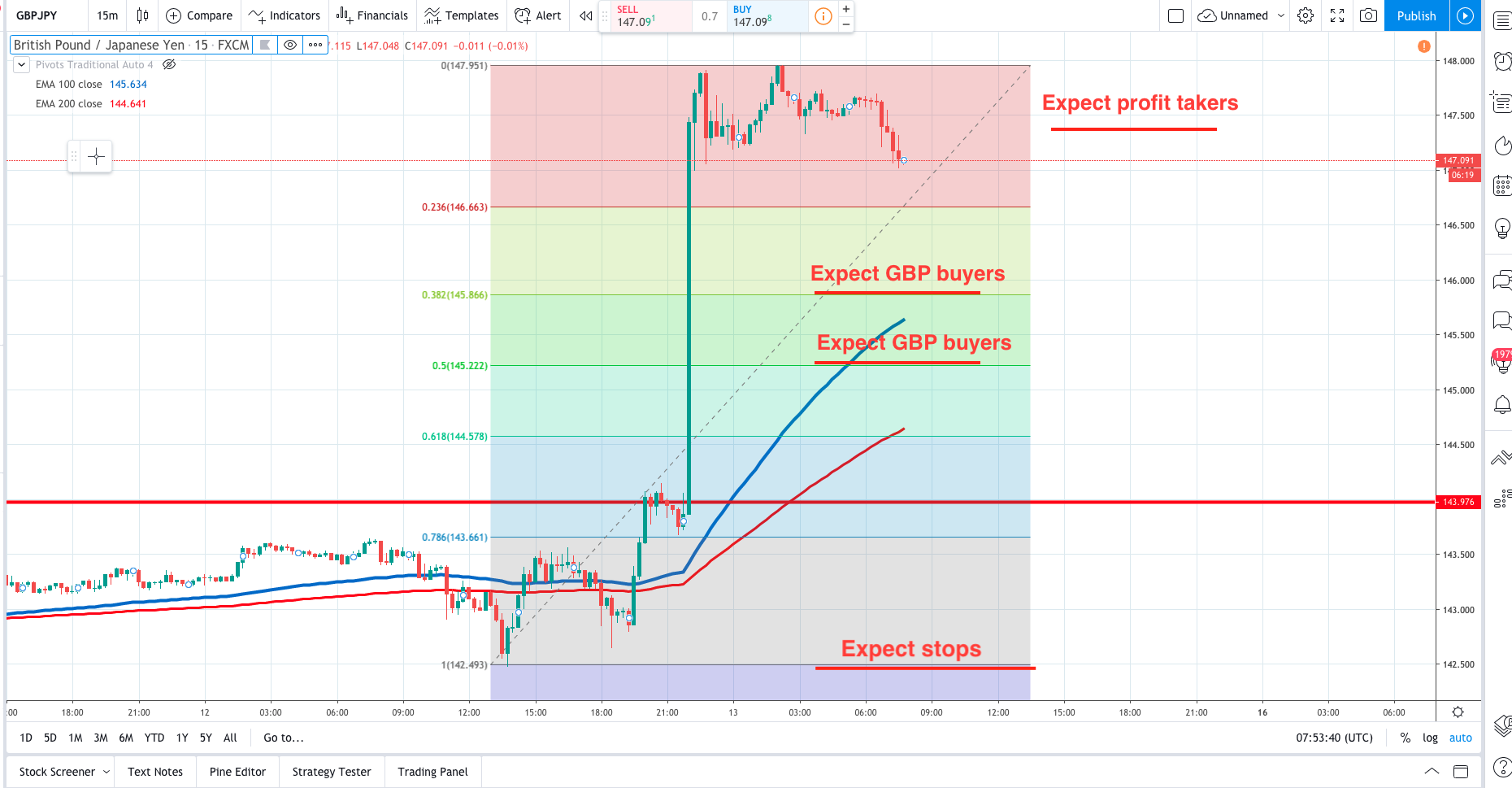Keep the main thing, the main thing

I was thinking this last week what I would consider to be the most important aspect of FX trading to understand. There are many different aspects of trading: the fundamentals, the technicals, sentiment analysis, trading psychology and risk management to mention the main 'pillars'. The reality of course is that you really need to be able to grasp a combination of these factors to be confident in your trading. However, what is the one thing, the 'penny dropping' moment, that really sets the course for an aspiring trader. This article is written about that one key concept you need to grasp if you have not already grasped it.
The main thing is to pair strength against weakness
It really is as simple as the title of this section. Pair strength against weakness.
Whenever you are trading always pair up weakness against strength.

Think about it for a moment. If you had to predict which boxer would win in a boxing match, and your life depended on it, which fighter would you look to back? The strongest one of course. Now let's say an 18 stone pro-fighter is in one corner and one 13 stone , out of shape and overweight office worker is in the other corner. Which one would you project to win? The strong, 18-stone pro- fighter of course.
Think of currency trading in exactly the same light. Look to back the strong fighter/currency against the weaker fighter/currency.
Every morning, when I come to my desk around 06:30 GMT the first thing I am looking for is, 'who is the strong fighter/currency today?'. Is it the GBP? The AUD? The NZD? Which one is strong and why? I then look for the weak fighter/currency and pair them together looking to enter mainly on pullbacks. I'm backing the strong against the weak.So, here Is an example of what I wrote down from Friday December 13 last year and the questions I ask myself:
The strong vs the weak
The Strong Currency: GBP
Vs
The Weak Currency: JPY
The reasons for the GBP strength and JPY weakness
This part is important. Make sure you have valid reasons for the strength and weakness of the currency. I am not just looking for technical reasons here, but fundamental reasons.Here were my reasons on the morning of December 13:
I expect near term GBP strength as the Conservative party has secured a large majority in the UK election. For today, expect the GBP strength to remain on relief that Britain will now pass the Withdrawal Agreement Bill at the end of this month.
I expect near term JPY weakness on relief that the two major geo-political risks look to fade into the background. The US-China trade phase 1 deal looks like it will be signed and Brexit looks like it will finally happen. This has resulted in JPY weakness which I am expecting for the following session.
What changes this outlook?
This is the part when you tell yourself what will change your outlook. What are the risks. This is helpful so you know what changes will cause you to pull the trade. In this way you don't need to wait for your stops to be hit. In the example above JPY strength was the main risk and here is the rationale again:
Risks to this outlook: Any news that the US-China phase 1 deal will not be signed today will invalidate this outlook as JPY will strengthen on this news as a safe haven currency.
What about the technicals?
Finally, when you have your bias for the day, it is simply a case of finding your entries, stops and profit levels. I generally like to wait for pullbacks. On December 13 I was looking at the following for that next session:
Expect GBPJPY buyers at the 50% pullback and profit taking at recent highs

This method works across higher timeframes too.
This approach also works across multiple timeframes. So for example whenever you see a divergence in central bank policy this can provide a strong vs a weak currency that you can expect to last for a few weeks. This can make for some great swing trades.
It also works as a principle for demand and supply too
This principle also works with single commodities, but this time simply pair up strong demand against weak supply (or vice verse of course). Consider the following tragic example. In January 2019, when Iron Ore supply was restricted due to a terrible industrial disaster in Brazil by the mining company Vale ,we saw Iron Ore prices supported and bid strongly for 6 months. Look at the chart below:

The reason for this was that Brazil is the second largest exporter of Iron Ore behind Australia with an apx 20% share of the market. With such a significant part of their Iron ore production being hit many Iron Ore traders could see the impending issue and Iron Ore was bid.
So, once you understand the key principle trading starts to make sense. It is not all 'random' and a bastion of 'chaos' theory. Yes, there are elements of unpredictability and good and bad 'luck'. However, the main principle of trading the strong against the weak is the key issue to grasp. If you are just starting out in FX you need to join a community or course that teaches this key concept and applies it day to day. Rome was not built in a day and skills take time to develop. Left to yourself, it will be much harder.




